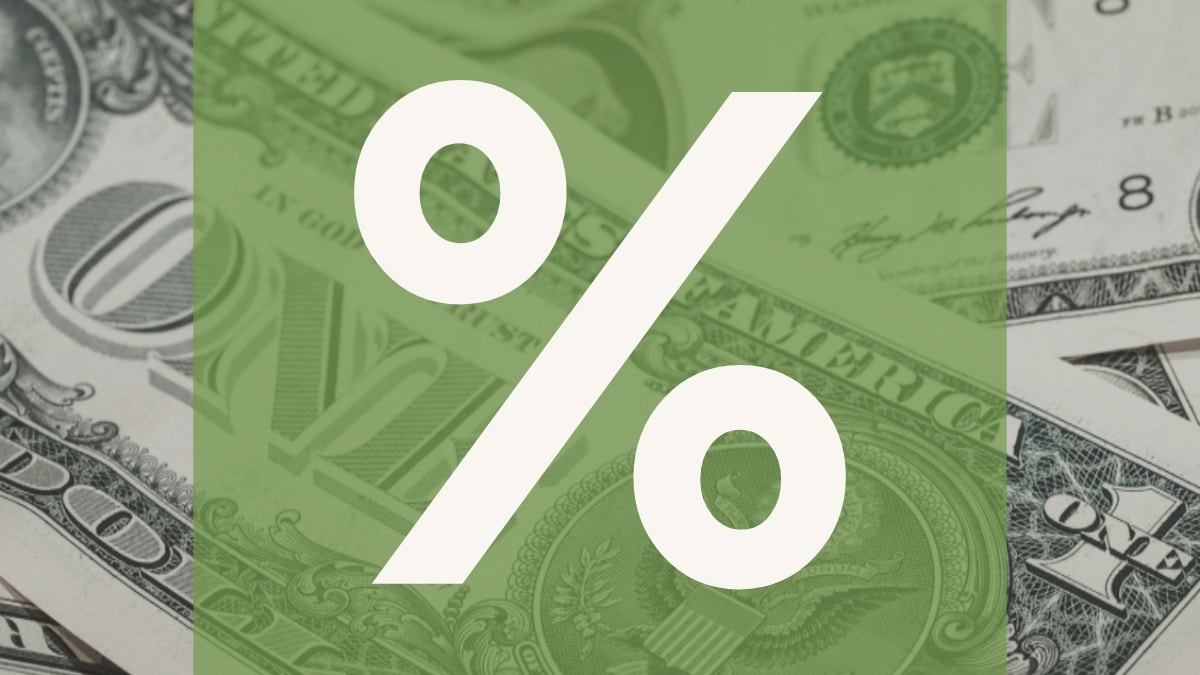|
If you have not already done so, now is the time to review your tax situation and make an estimated quarterly tax payment using Form 1040-ES. The fourth-quarter due date is now here.
Normal due date: Tuesday, January 16, 2018 Remember, you are required to withhold at least 90 percent of your current tax obligation or 100 percent of last year’s federal tax obligation.* A quick look at last year’s tax return and a projection of this year’s obligation can help determine if a payment is necessary. Here are some other things to consider:
*If your income is over $150,000 ($75,000 if married filing separate), you must pay 110% of last year’s tax obligation to be safe from an underpayment penalty.
1 Comment
If you own a small business, be vigilant against a growing wave of identity theft against employers. Small business identity theft is a big business for identity thieves. Just like individuals, businesses may have their identities stolen and their sensitive information used to open credit card accounts or used to file fraudulent tax refunds for fake refunds.
In the past year, the IRS has noted a sharp increase in the number of fraudulent Forms 1120, 1120S, and 1041 as well as Schedule K-1. The fraudulent filings apply to partnerships as well as estate and trust forms. Identity thieves are displaying a sophisticated knowledge of the tax code and industry filing practices as they attempt to obtain valuable data to help file fraudulent returns. Identity thieves have long made use of stolen Employer Identification Numbers (EINs) to create fake Forms W-2 that they would file with fraudulent individual tax returns. Fraudsters also used EINs to open new lines of credit or obtain credit cards. Now, they are using company names and EINs to file fraudulent returns. As with fraudulent individual returns, there are certain signs that may indicate identity theft. Business, partnerships, and estate and trust filers should be alert to potential identity theft and contact the IRS if they experience any of these issues:
The IRS recently announced mileage rates to be used for travel in 2018. The business mileage rate increases by one cent. The medical and moving mileage rates are also raised by one cent. Charitable mileage rates are unchanged. New Mileage Rates for 2018
Remember to properly document your mileage to receive full credit for your miles driven.
The IRS recently announced that interest rates will remain the same for the calendar quarter beginning Jan. 1, 2018. The rates will be:
Under the Internal Revenue Code, the interest rates are determined on a quarterly basis. For individual taxpayers, the overpayment and underpayment rate is the federal short-term rate plus 3 percentage points. Small business owners beware: the IRS may more closely scrutinize reporting of credit card transactions after it was criticized for lax enforcement. The IRS' overseer, the Treasury Inspector General for Tax Administration (TIGTA), recently said the IRS had been missing opportunities to audit tax returns that had large discrepancies between income and the card payments reported on Forms 1099-K. This means small businesses that accept credit, debit, or gift card payments can expect to draw the attention of IRS auditors if there are material differences between what is reported on their tax returns and what is on their 1099-Ks. Tax Gap Concern Driving the ScrutinyTIGTA has estimated an underpayment of more than $450 billion in income taxes every year. In an effort to close this "tax gap," it recommended the IRS focus on some of the larger or more obvious sources of underpayment. One area TIGTA identified was on Forms 1099-K, where more than 20,000 taxpayers who received them had discrepancies of more than $10,000 on their returns. Calculating from this small sample size, there was at least a $200 million underpayment. Who Is ImpactedIf you have a business that accepts payment cards like debit cards or credit cards, you will probably receive a Form 1099-K from your payment processor. The form is also required for anyone who has $20,000 in card payments and 200 transactions or more per year. Examples of those who would receive Forms 1099-K include users of PayPal, sellers on Ebay and Etsy, cab drivers and any small business that accepts card transactions as a form of payment. Here's How You Can PrepareReceiving a Form 1099-K and reporting it in such a way that the IRS is satisfied can be complicated. You could easily double-report your revenue from 1099-Ks out of an excess of caution. Or, you may not be disclosing your correct reporting of card income in a way that IRS audit programs are able to identify. It's often best to get professional guidance to ensure your return does not stick out when the IRS tries to comply with the TIGTA request for more oversight.
Recording and reporting business expenses is a missed opportunity for many business owners and employees. Much of what you spend for business purposes is tax-deductible. Knowing whether you can or can't expense a purchase for business purposes can be difficult. Nevertheless, here are a few general guidelines to help. According to the IRS, business expenses must be ordinary and necessary to be deductible. That means they are normal and recognized in your business, as well as helpful and appropriate. You'll need to keep records (such as statements and ledgers) and supporting documents (receipts and invoices) to verify your deductions. Some expenses are subject to extra requirements, as described below. Travel ExpensesTravel expenses pertain to business trips and can include transportation to and from airports, your hotel and business meeting places. They also generally include lodging, meals, tips and other related incidentals.
Entertainment ExpensesEntertainment expenses need to be either directly connected to or related to the conduct of your business. That means that business is the foremost purpose of the activities and it's very probable you'll get income or future business benefits as a result. Expenses from entertainment that aren't considered directly related may still be deductible if they are associated with your business and occur just before or after a significant business conversation.
MileageBusiness use of your personal car is calculated according to your actual business-related expenses, or by multiplying your business mileage by the prescribed IRS rate (53.5 cents per mile in 2017).
The IRS is clear on their point of view. If you barter you must include the barter activity's fair market value as income on your tax return in the year the barter activity is performed. But is it really that simple? Here are some things to consider if you barter. What is fair market value?The classic definition of "fair value" is the price someone is willing to pay and someone else is willing to receive for the exchange of goods or services. But we all know this requires a level of judgment. What if an item is on sale when the barter activity is performed? Are prices always the same for a similar item or service? Prior to establishing the value of a barter item, shop around and take the lowest defendable value possible for your bartered item. Example: You barter dog grooming for accounting work. If you offer a range of prices from $20 to $60 for your grooming service and a dog owner can readily get the same service done for $15 somewhere else... what is the fair market value? If you can reasonably substantiate the $15, this lower amount could become your fair market value. What about your costs?The IRS barter documentation is so focused on capturing and taxing your barter income, it under informs taxpayers on the reasonable reporting of costs associated with that income. Example: If two retailers exchange wholesale goods of equal value for resale, the cost of goods could logically eliminate much of the fair market value of the barter income. What if the fair market value of the goods received is worth less because you discover it is distressed? Then you could actually have a barter based loss on your books. Is the barter fair?If you are bartering with another firm, look at the “tax value” of the barter. This is because a part of a barter of services may include your time. In the example below, one can expect there to be more hard costs for a painter (paint, brushes and other supplies) versus a lawyer. This can change the true tax value of a barter for two sole proprietors. Example: A painter exchanges $3,000 house painting with a law firm for legal services.
If both firms are sole proprietors, the salary of the owners is reflected in their net income. Self-employment taxes, sales taxes, and other taxes would also need to be applied to the net income number of each barter participant. In this case, the barter does not appear equal. Caution with Barter ExchangesWith barter exchanges you receive credits (vouchers) for your provided services prior to using those credits on another service. Since you are required to report income when your service is provided, you could potentially have barter income without receiving the benefits for your barter activity until later years. Clear ReportingIf you use bartering in your business, you generally report the activity on 1099-B's each year, separate from other informational reporting.
You’ve loved dogs all your life so you decide to start a dog breeding and training business. Turning your hobby into a business can provide tax benefits if you do it right. But it can create a big tax headache if you do it wrong. One of the main benefits of turning your hobby into a business is that you can deduct all your qualified business expenses, even if it results in a loss. However, if you don’t properly transition your hobby into a business in the eyes of the IRS, you could be waving a red flag that reads, “Audit Me!” The agency uses several criteria to distinguish whether an activity is a hobby or a business. Check the chart below to see how your activity measures up. The Business-Versus-Hobby Test
Honest AssessmentIf your dog breeding business (or any other activity) falls under any of the “hobby” categories on the right side of the chart, consider what you can do to meet the business-like criteria on the left side. The more your activity resembles the left side, the less likely you are to be challenged by the IRS.
On the other hand, if you determine that you’re really engaged in a hobby, there are still some tax benefits to be had. You can treat hobby expenses as a miscellaneous itemized deduction on a tax return, but generally not more than hobby income. They can be used to reduce taxable income if they and other miscellaneous expenses surpass two percent of your adjusted gross income. If you need help to ensure you meet the IRS’s criteria for business-like activity, reach out to schedule an appointment. It is said with every major purchase there's some kind of remorse either on the part of the buyer or the seller. This can be especially true when buying or selling a business. No matter which side of the negotiating table you sit on, there are some critical areas that could leave you with feelings of regret. Avoid these mistakes and you'll feel better about your deals after they're done.
If you operate a business out of your home, you may be able to deduct a wide variety of expenses. These may include part of your rent or mortgage costs, insurance, utilities, repairs, maintenance, and cleaning costs related to the space you use. It is a tricky area of the tax code that's full of pitfalls for the unwary. Here are some of the top mistakes people make:
Simplified Home Office DeductionThere's a simple "safe harbor" home office deduction. You take the square footage of your office, up to 300 square feet, and multiply it by $5. This gives you a potential $1,500 deduction under the simplified option. However, your savings could be much greater than $1,500, so it's often worth getting help to calculate your full deduction using the standard rules.
|
Archives
February 2018
Categories
All
|
|
Ellsworth & Associates, Inc. CPAs
513.272.8400 Cincinnati: 9624 Cincinnati Columbus Road, Suite 209, Cincinnati, OH 45241
|
© 2017 Ellsworth & Associates, Inc.
|











 RSS Feed
RSS Feed